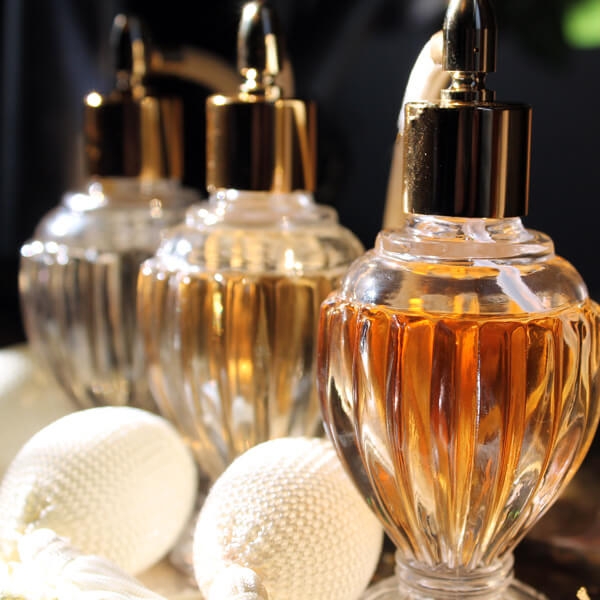 Many rosacea sufferers report that fragrances in skin-care products and cosmetics often trigger flare-ups of their condition. A recent study found a high rate of contact allergies in rosacea patients, and may help make it easier to read ingredient labels to determine which products to avoid.
Many rosacea sufferers report that fragrances in skin-care products and cosmetics often trigger flare-ups of their condition. A recent study found a high rate of contact allergies in rosacea patients, and may help make it easier to read ingredient labels to determine which products to avoid.
The retrospective study, published in the Journal of the European Academy of Dermatology and Venereology, reviewed the contact allergen patch test results of 143 rosacea patients and found that about 38 percent of patients were hypersensitive to certain substances, including several common ingredients in skin care products and topical treatments.
Balsam of Peru, an ingredient in many fragrances and toiletry products that smells like vanilla and cinnamon, caused allergic reactions in 6.3 percent of patients in the study. In addition, 4.2 percent were allergic to propylene glycol, a substance that gives many topical skin products their texture and consistency; 3.5 percent had an allergic reaction to lanolin, a wax made from wool; 3.5 percent tested positively for a sensitivity to wood tar, another common ingredient in cosmetics and fragrances; and 3.5 percent were sensitive to paraphenylenediamine, an ingredient in hair dye. Around 3 percent reacted to “fragrance mix,” a collection of the eight most allergenic ingredients used in fragrance products.
While the overall percentages are low, the results of this study emphasize the importance of careful skin care practices for rosacea patients. Read labels before purchasing or using new products, and test products to a patch of skin on your arm and monitor the area for reaction before applying to more sensitive facial skin. Consider keeping a diary of the different products you’ve used and the impact they had on your skin. This will allow you to begin to zero in on the ingredients in products that might cause your rosacea to flare-up.
Find more tips in our skin care and cosmetics section, including best practices for makeup use and important guidelines for choosing a sunscreen.
Reference:
Diczig B, Nemeth I, Sardy M, Ponyai G. Contact hypersensitivity in rosacea: a report on 143 cases. J Eur Acad Dermatol Venereol 2018 Mar 10. doi: 10.1111/jdv.14922. [Epub ahead of print]
Photo Courtesy of Vetiver Aromatics on Flickr.